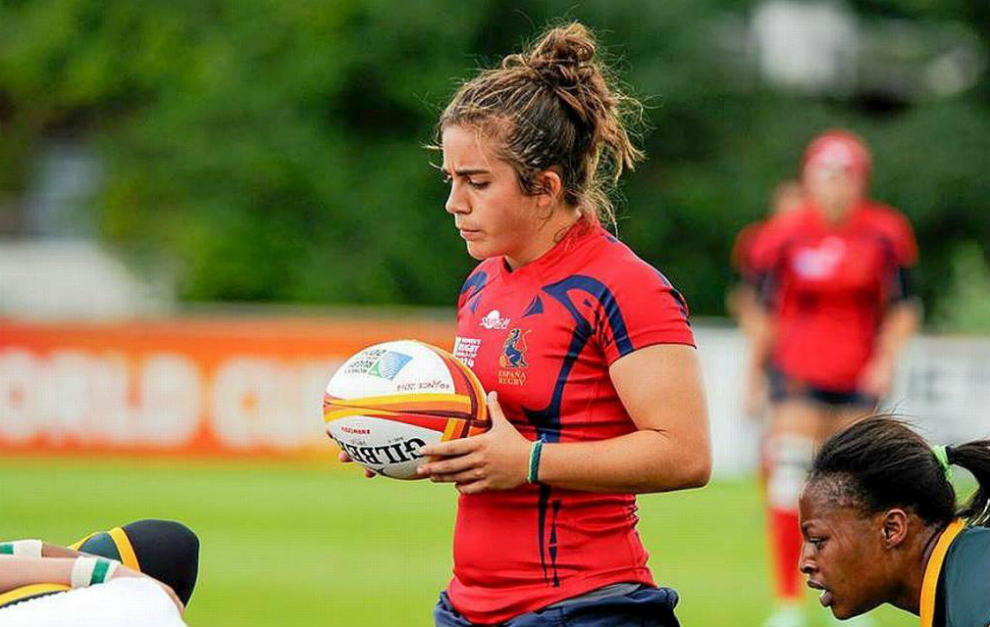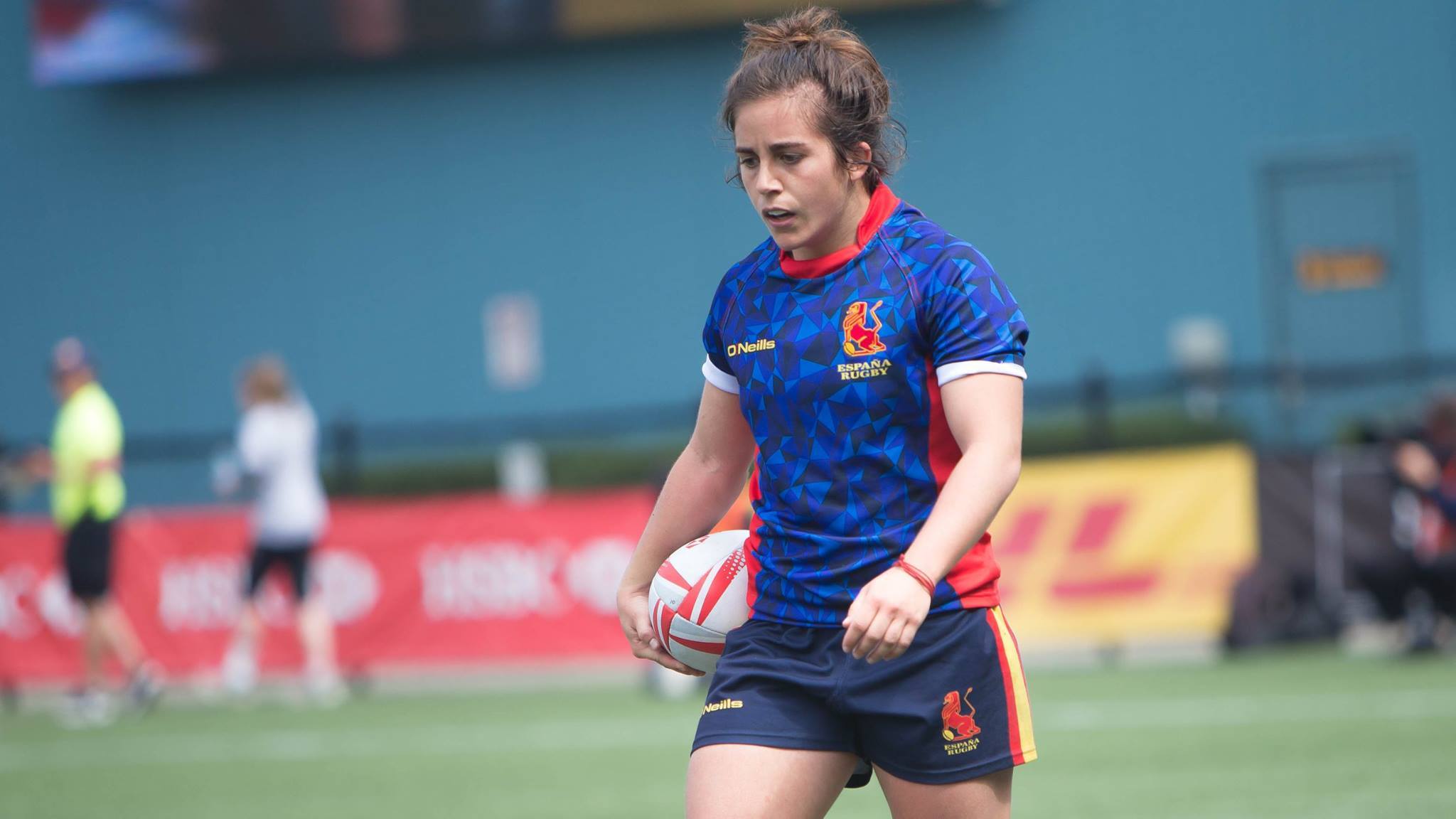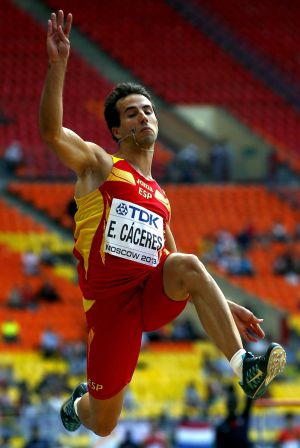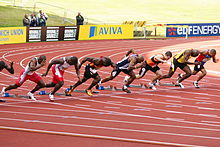She is a Spanish Sportsman since he was born, athletics and football occupied the first years of his life until the rugby ball crossed his path. He has played with the Olympic Rugby Club team.In 2012 she was chosen in the Ideal Team of the Year of Rugby 7. She has played in 89 matches in the Women's World Rugby Series 7 and achieved more than 300 points.She is playing the Spanish Championship Women's Honor Division with the Olympic Rugby Club in 2018.











